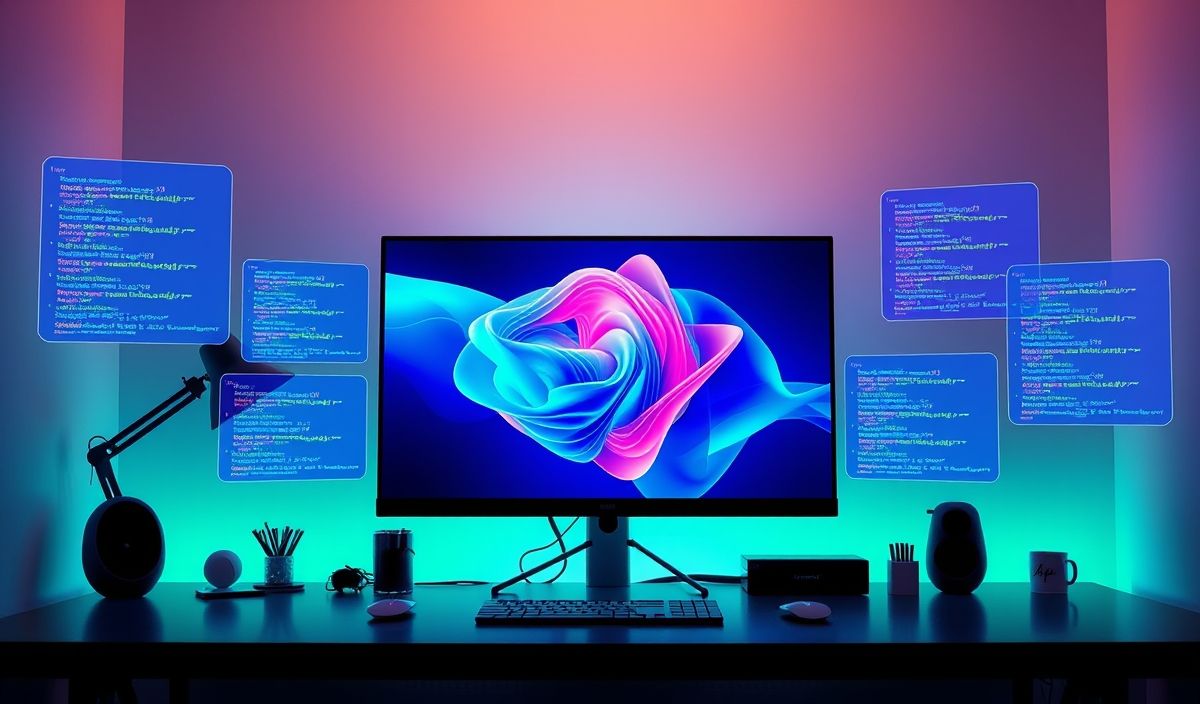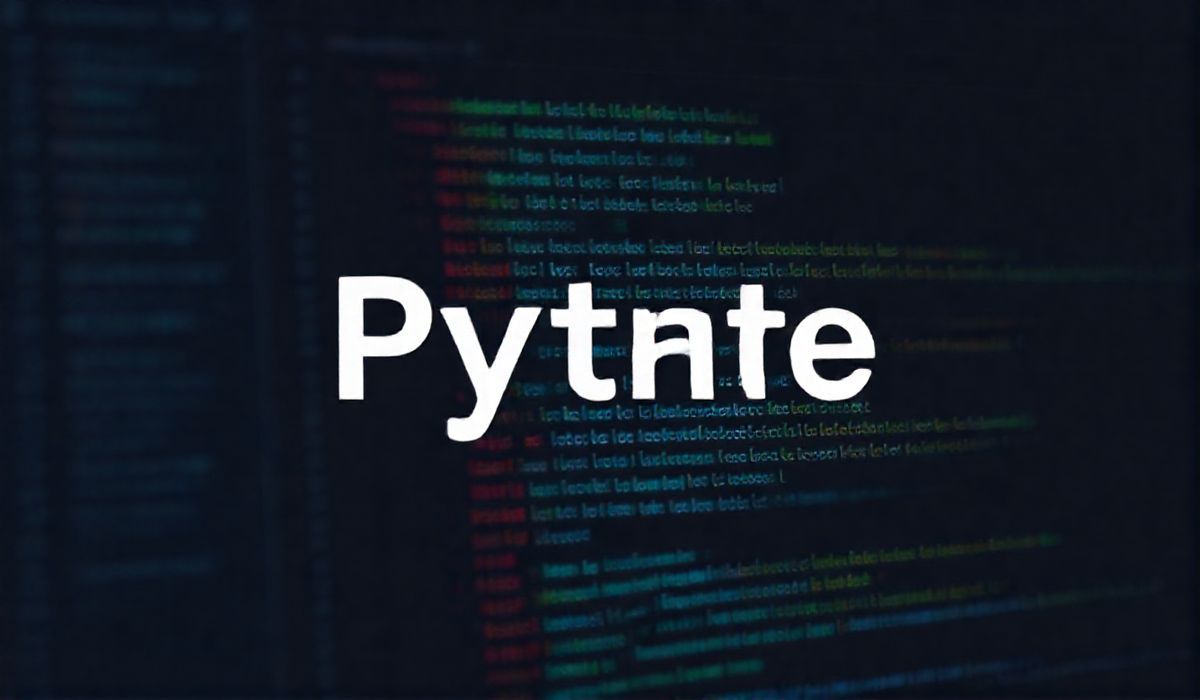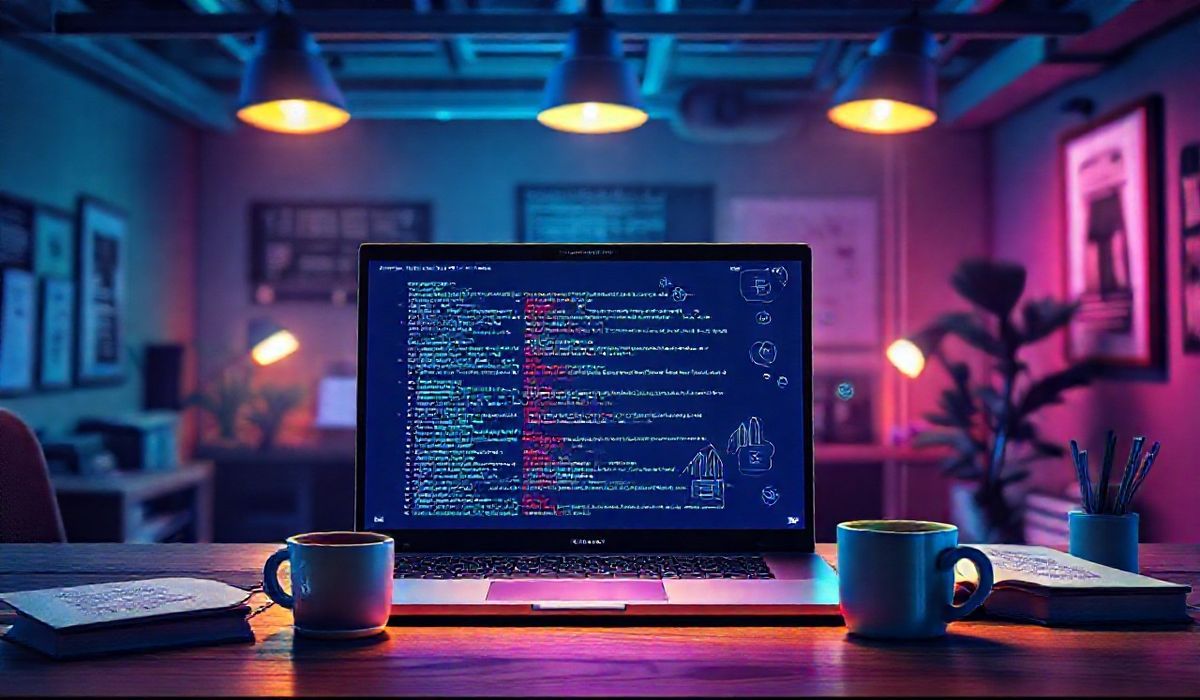Introduction to gl-toolbox
The gl-toolbox is an essential JavaScript library that provides a comprehensive set of utilities for graphics programming and WebGL-based applications. This powerful library simplifies WebGL coding and enhances the development workflow by offering a variety of handy APIs. Below, we’ll delve into several useful APIs provided by gl-toolbox along with code snippets and an example application to demonstrate its capabilities.
Getting Started
// Include the library in your project:
<script src="path/to/gl-toolbox.js"></script>
Creating a WebGL Context
// Initialize WebGL context
const canvas = document.getElementById("myCanvas");
const gl = GLT.createGLContext(canvas);
Loading and Compiling Shaders
const vertexShaderSource = `...`;
const fragmentShaderSource = `...`;
// Load and compile shaders
const vertexShader = GLT.createShader(gl, gl.VERTEX_SHADER, vertexShaderSource);
const fragmentShader = GLT.createShader(gl, gl.FRAGMENT_SHADER, fragmentShaderSource);
const shaderProgram = GLT.createProgram(gl, vertexShader, fragmentShader);
gl.useProgram(shaderProgram);
Creating Buffers and Attributes
const vertices = new Float32Array([
// x, y, z coordinates
-0.5, -0.5, 0.0,
0.5, -0.5, 0.0,
0.0, 0.5, 0.0,
]);
const vertexBuffer = gl.createBuffer();
gl.bindBuffer(gl.ARRAY_BUFFER, vertexBuffer);
gl.bufferData(gl.ARRAY_BUFFER, vertices, gl.STATIC_DRAW);
const positionLocation = gl.getAttribLocation(shaderProgram, "position");
gl.enableVertexAttribArray(positionLocation);
gl.vertexAttribPointer(positionLocation, 3, gl.FLOAT, false, 0, 0);
Drawing Objects
gl.clear(gl.COLOR_BUFFER_BIT);
gl.drawArrays(gl.TRIANGLES, 0, 3);
Example Application
Here’s a simple example application that uses various gl-toolbox APIs to render a basic triangle:
<!DOCTYPE html>
<html lang="en">
<head>
<meta charset="UTF-8">
<meta name="viewport" content="width=device-width, initial-scale=1.0">
<title>GL-Toolbox Example</title>
<script src="path/to/gl-toolbox.js"></script>
</head>
<body>
<canvas id="myCanvas" width="640" height="480"></canvas>
<script>
const canvas = document.getElementById("myCanvas");
const gl = GLT.createGLContext(canvas);
const vertexShaderSource = `
attribute vec3 position;
void main(void) {
gl_Position = vec4(position, 1.0);
}
`;
const fragmentShaderSource = `
void main(void) {
gl_FragColor = vec4(1.0, 0.0, 0.0, 1.0); // Red color
}
`;
const vertexShader = GLT.createShader(gl, gl.VERTEX_SHADER, vertexShaderSource);
const fragmentShader = GLT.createShader(gl, gl.FRAGMENT_SHADER, fragmentShaderSource);
const shaderProgram = GLT.createProgram(gl, vertexShader, fragmentShader);
gl.useProgram(shaderProgram);
const vertices = new Float32Array([
-0.5, -0.5, 0.0,
0.5, -0.5, 0.0,
0.0, 0.5, 0.0,
]);
const vertexBuffer = gl.createBuffer();
gl.bindBuffer(gl.ARRAY_BUFFER, vertexBuffer);
gl.bufferData(gl.ARRAY_BUFFER, vertices, gl.STATIC_DRAW);
const positionLocation = gl.getAttribLocation(shaderProgram, "position");
gl.enableVertexAttribArray(positionLocation);
gl.vertexAttribPointer(positionLocation, 3, gl.FLOAT, false, 0, 0);
gl.clear(gl.COLOR_BUFFER_BIT);
gl.drawArrays(gl.TRIANGLES, 0, 3);
</script>
</body>
</html>
With gl-toolbox, developers can easily create complex 3D graphics and animations for their web applications.
Hash: 5f0e846a7248e2e49ce04c66b6a1a1814302ffd4117352120b5812a17255dfb4




